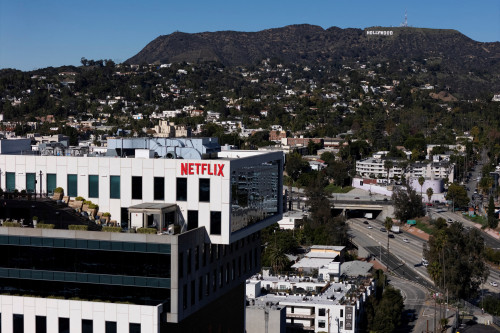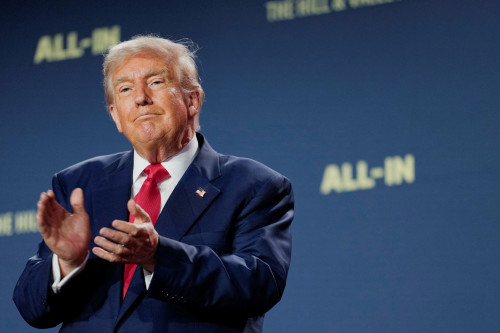By Jamie McGeever
(Reuters) – A look at the day ahead in Asian markets.
Inflation data from the world’s three largest economies – China, the United States and euro zone – sets the tone for world markets this week, and Asia gets the ball rolling on Monday following the April figures out of Beijing at the weekend.
The general market backdrop on Monday should be positive with a U.S. interest rate cut in September back on the cards, Wall Street revisiting recent peaks, European indexes at new highs, and China and Hong Kong pushing Asian stocks higher.
Add in oil prices slipping to two-month lows and a steady dollar pushing down on currency market volatility, and financial conditions are broadly loosening.
But much of that may be offset by the news that the Biden administration will announce new China tariffs on strategic sectors, including a major hike in levies on electric vehicles.
The full announcement, expected on Tuesday, will maintain existing tariffs on many Chinese goods set by former President Donald Trump, and will also add new tariffs to semiconductors and solar equipment.
As analysts at Morgan Stanley note, the inflationary impact of an escalating U.S.-China tariff war will fray nerves in global government bond markets. In truth, sentiment across all markets will likely be negatively affected.
Figures on Saturday showed that consumer price inflation in China last month was a bit stronger than expected, but producer deflation deepened, an indication that pipeline price pressures remain firmly to the downside.
Also on Saturday, figures showed that new bank lending in China fell more than expected in April while broad credit growth hit a record low, underscoring how sluggish the economic recovery is and the need for more action from Beijing to rev it up.
The U.S. and euro zone inflation readings for April will be released on Wednesday and Friday, respectively, which investors hope will give a clearer picture of the interest rate path ahead in the coming months.
Before that, investors in Asia have Indian inflation on their plates too. Economists polled by Reuters expect a slight cooling to 4.8% from 4.9% in March, which would be the lowest since June last year.
While headline inflation has moderated recently, food prices, which account for nearly half the consumer price index basket, have remained elevated, squeezing household budgets.
Inflation is expected to return to the Reserve Bank of India’s 4% target next quarter, also when the central bank is expected to cut rates, according to a Reuters poll.
But growth is holding up well and the RBI may want to wait for the Fed to cut rates before moving, so as not to weaken the rupee which is languishing at record lows against the dollar. Money markets put a Q2 rate cut at around a 50-50 probability.
Here are key developments that could provide more direction to markets on Monday:
– India CPI inflation (April)
– Japan money supply (April)
– Australia business confidence (April)
(Reporting and Writing by Jamie McGeever; Editing by Josie Kao)





